The Oxford History of World War II
£11.10£12.30 (-10%)
Histories you can trust.
World War Two was the most devastating conflict in recorded human history. It was both global in extent and total in character. It has understandably left a long and dark shadow across the decades. Yet it is three generations since hostilities formally ended in 1945 and the conflict is now a lived memory for only a few. And this growing distance in time has allowed historians to think differently about how to describe it, how to explain its course, and what subjects to focus on when considering the wartime experience.
For instance, as World War Two recedes ever further into the past, even a question as apparently basic as when it began and ended becomes less certain. Was it 1939, when the war in Europe began? Or the summer of 1941, with the beginning of Hitler’s war against the Soviet Union? Or did it become truly global only when the Japanese brought the USA into the war at the end of 1941? And what of the long conflict in East Asia, beginning with the Japanese aggression in China in the early 1930s and only ending with the triumph of the Chinese Communists in 1949?
In The Oxford History of World War Two a team of leading historians re-assesses the conflict for a new generation, exploring the course of the war not just in terms of the Allied response but also from the viewpoint of the Axis aggressor states. Under Richard Overy’s expert editorial guidance, the contributions take us from the genesis of war, through the action in the major theatres of conflict by land, sea, and air, to assessments of fighting power and military and technical innovation, the economics of total war, the culture and propaganda of war, and the experience of war (and genocide) for both combatants and civilians, concluding with an account of the transition from World War to Cold War in the late 1940s. Together, they provide a stimulating and thought-provoking new interpretation of one of the most terrible and fascinating episodes in world history.
Read more
Additional information
| Publisher | OUP Oxford (3 Feb. 2023) |
|---|---|
| Language | English |
| Paperback | 480 pages |
| ISBN-10 | 0192884085 |
| ISBN-13 | 978-0192884084 |
| Dimensions | 18.54 x 6.6 x 13.97 cm |




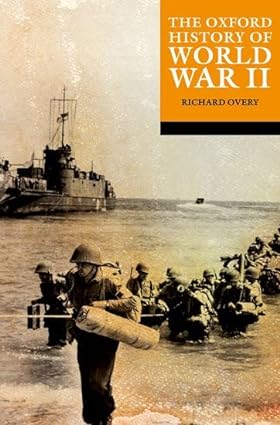
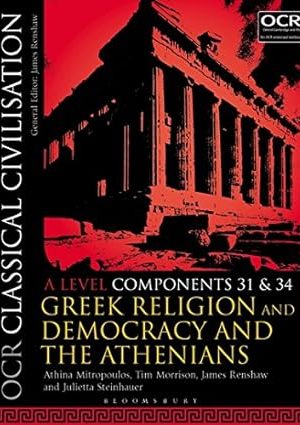


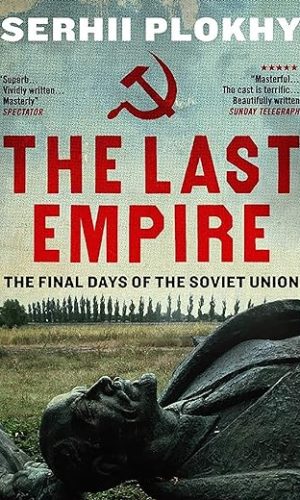
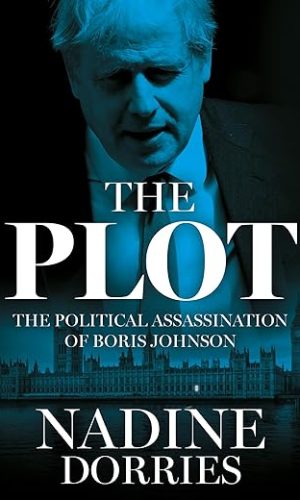
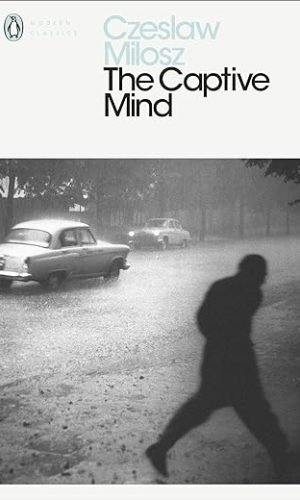
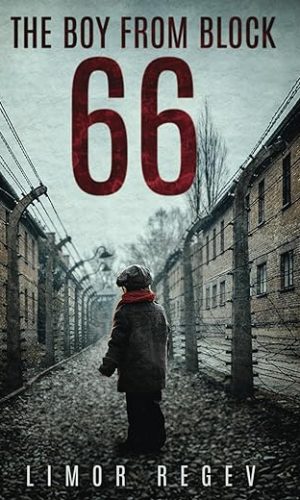
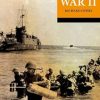
by Tony336
This is a thick comprehensive volume which seems to encompass all aspects of World War 2. I say seems to as I am not going to pretend that in the time allowed for reviewing the book , that I have read it all . I have a degree in WW2 studies and by cross referencing various parts of the war here against my own studies everything is covered . Obviously this is a reference book and I cannot imagine anyone reading from cover to cover all that it contains . Certain parts were of particular interest to me and the aerial war is very well covered from both sides in the conflict and although this is trumpeted as being a new look at the war I never found anything that I never knew already . But ,as I say I do have a degree and spent a part of my life studying that unique event . Others will find it useful for reference and the photographs are superb.
The book , by definition , covers events in depth and is “heavy” with facts . And because WW2 was total war affecting everyone on the planet it needs a book like this to descibe it . As was said . Total war affects everybody like no other event . I recommend this and it should be on every historian’s bookshelf .
by tone1428
Being somewhat of a WW1 and WW2 book and film junkie.I just had to order this book.
At first glance I will admit that I was a little disappointed,as I expected more photographs/Illustrations/maps etc. (after all it is called The Oxford ILLUSTRATED History of World War Two!)
However once I settled down to actually reading the book ( I cant say that I have actually finished the book yet…But I am close!) my disappointment abated as this is a meticulously researched and documented historical text,each chapter written by an expert in his field.
Maps aplenty at the back of the book assist the reader to make spatial sense of the battles etc.
The photographs (a lot of which are new to me) are an excellent reminder of not only the horrors of war, but also of the courage and dignity of some of the participants.
This is a great book for WW2 historians and war junkies like myself…Pride of place in my bookshelf!
by M. D. Harris
Firstly I’d like say that the three star rating is not a reflection of the literary content. The articles are all well written and researched and cover a broad spectrum of the war – not just troop and political manoeuvrings – and it was good to see an article on propaganda in there. However a book with some pictures does not make it an illustrated book.
For a book that states on the cover ‘Illustrated History’ it falls short. What I had hoped for (and what I feel the title suggests) was an illustrated book with supporting text. What you actually get is a text book with pictures sprinkled throughout, and while the pictures are mostly interesting they are small and poorly reproduced. In fact the presentation of the book as a whole is a disappointing, with poor spacing and typography throughout.
Overall the essays have merit and plenty of people won’t care about small pictures and bland design, but if you’re using the term ‘illustrated’ as a selling point you need to do more than this. A good text book, but a poor illustrated book.
by Apollo 11
I’ve never really been one for WW2 books – but this is a truly fantastic work.
Another book on WW2? Well, yes. But what a rich trove of editorial and (photographic, propaganda and art) archive this is. Written by multiple contributors, each handling a different, themed chapter, this has the depth and scope of a textbook but without the starchiness. The tone is hardly florid, but neither is it dry – there’s little in the way of bias that I can tell (so far), and the benefit of distance (as is highlighted in the book’s introduction) allows for greater perspective. Both on the beginnings but also the ends of the conflict.
In other words, the book doesn’t just start on the eve of the war and end at the American nuclear attack of Japan – rather this book provides great insight into the build-up, not only in Germany but also Japan (offering insight on how the Japanese authorities appropriated aspects of Hitler’s social policies), as well as a long-tail run-off, covering the Cold War, Korea, etc.
I particularly liked the way the story was carried forth using chapters on technological innovation, and the war’s influence on art and creativity (interesting observation: the book neatly discusses how, for its repeat, the ideological/philosophical shock of WW2 was less than that of the first world war). There’s also a chapter on the uses of propaganda, and its common-place use in everyday life during the Cold War, which I think best typifies the editorial scope of this book: showing how, like all impacts, WW2 reverberates still – to this day, in fact, for influencing aspects of life that we otherwise take for granted (such as technology or styles of political rhetoric).
The balance of this book is, I’d say, 75% text. But the remainder of illustrations is a very well researched mix of photos, yes, but also propaganda posters, artworks and maps and illustrations. Moreover, given the use of different writers for each chapter, the narrative flow is such that it maintains interest, especially through the use of themes, such as art or weaponry, to carry forth. (I’d also say that the fact this is mostly B&W might, on first inspection, seem dour. But stick with the book, and pretty soon it’s wealth of information and editorial scope will draw you in.)
Highly recommended for anyone keen to learn about the WW2, be they at home or, especially, for studying. You won’t need a degree to get much out of its text – but neither is it dumbed-down sensationalism.
Essential for any library, I’d say.
by G. Wylie
The reader should be aware that this is not just a pictorial history of the Second World War. While it is, however, profusely illustrated throughout, with numerous contemporary photographs, line drawings, poster and cartoons relative to the various theatres of warfare involved, the activities in each theatre are examined and analysed in considerable detail by various expert contributors. The range of illustration is amazing. The bulk are reproduced in black and white, but there is a small, selective central section in colour. In addition there are numerous maps which aid the reader’s understanding. The sources of illustrations in each chapter are reproduced at the end of the work together with a detailed list of further, relevant reading material and an excellent index. Aimed at the student, it will also appeal to the general reader. Well researched and nicely presented.